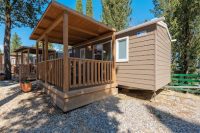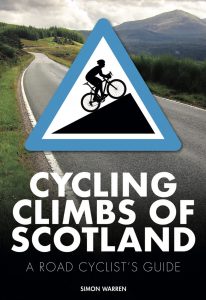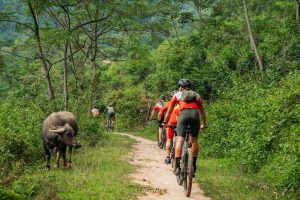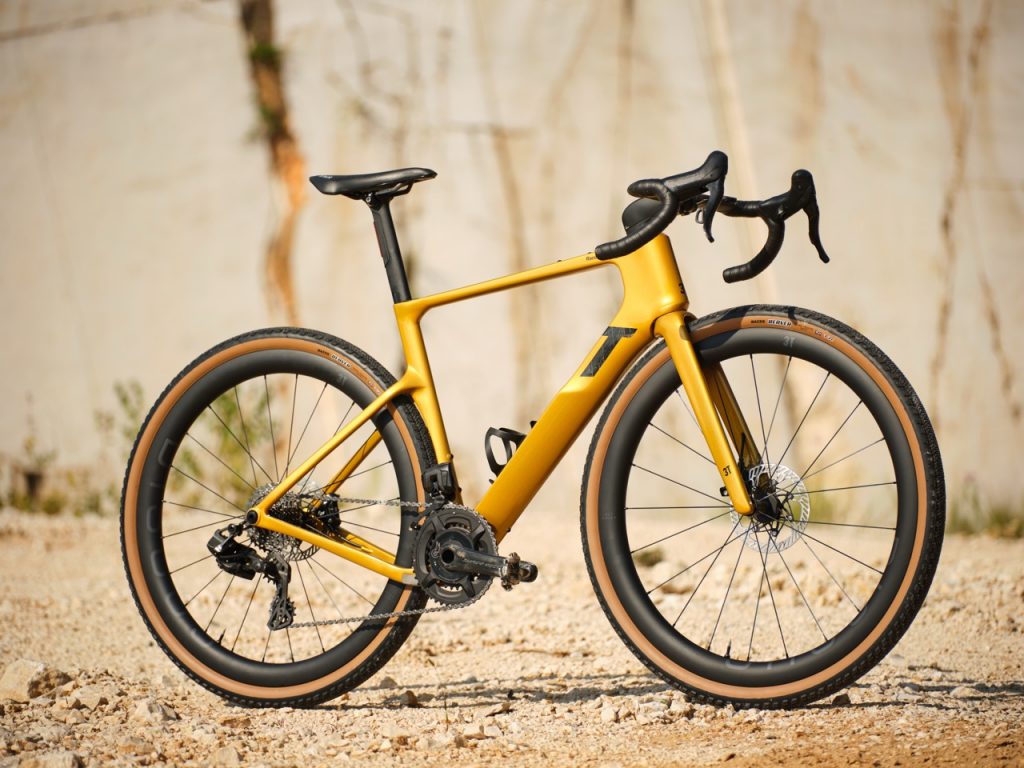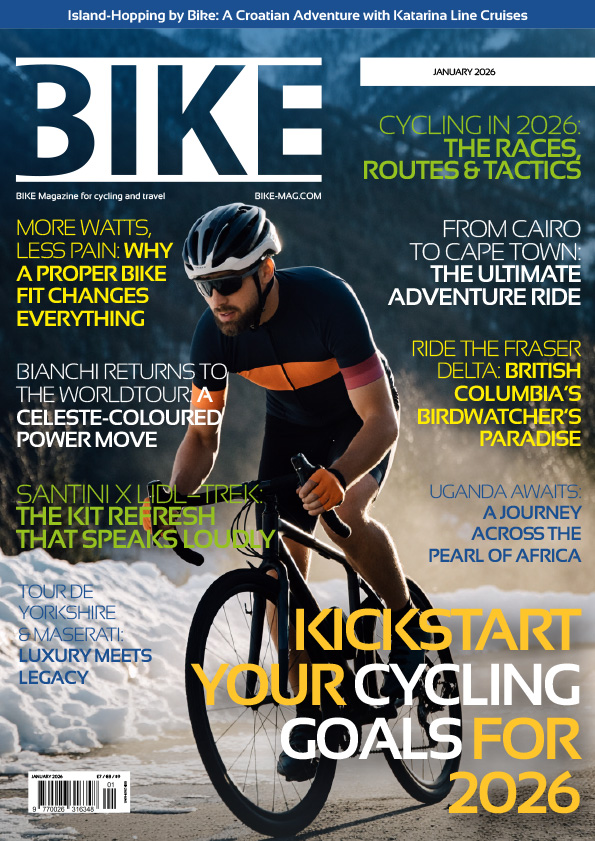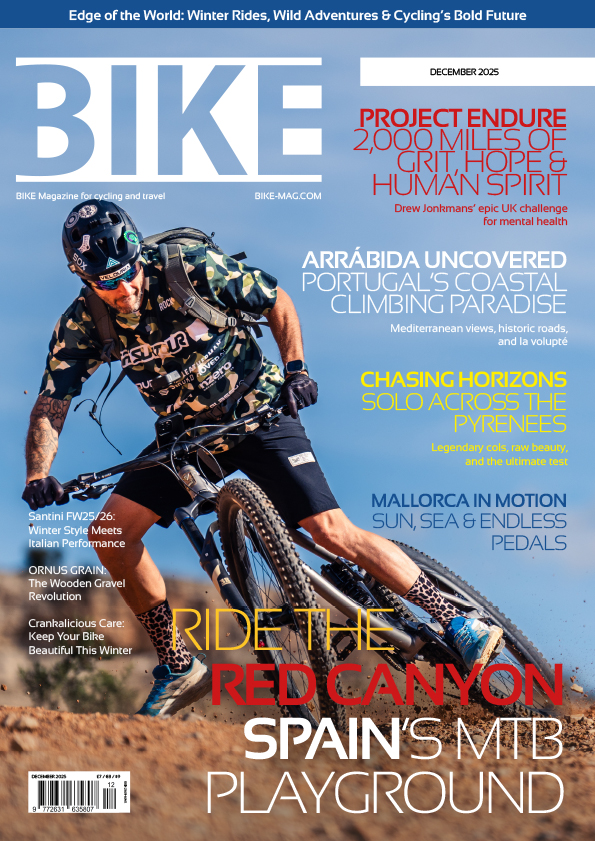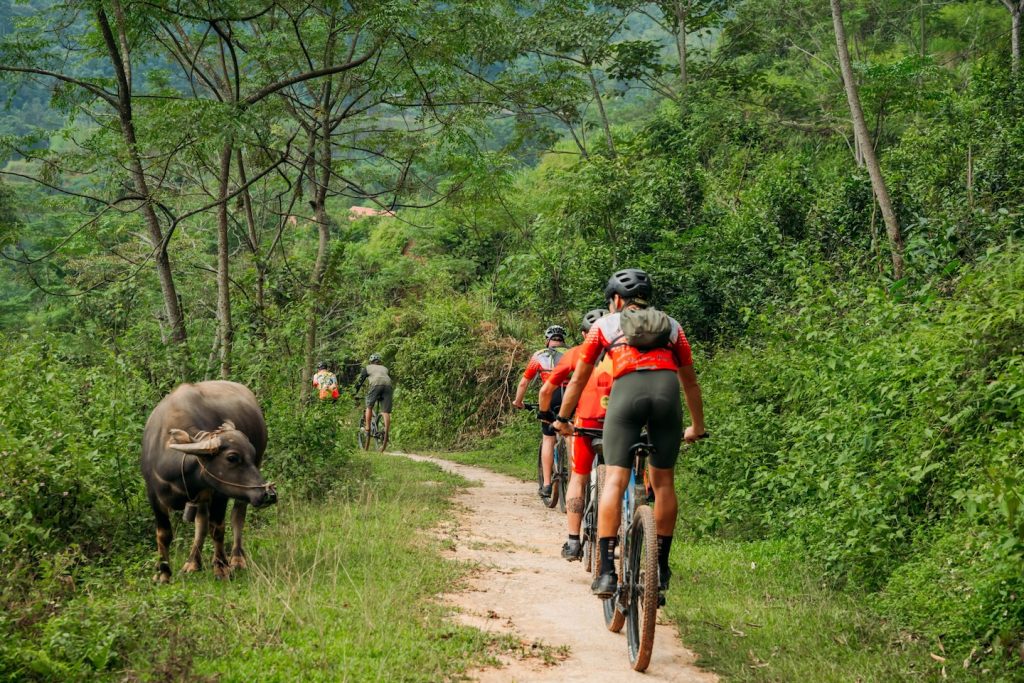Mountain Biking Presents its Own Set of Challenges
Transitioning from regular road cycling to the thrills and spills of mountain biking can often be misconstrued as a straight swap with the same principles.
While the physical act of moving the bike along is nearly identical, there are a plethora of external factors to consider when trekking through beaten up trails, loose ground and battling with unpredictable terrain.
In this article, we’ll be going through some of the top tips to bear in mind if you are a road cyclists wanting to venture beyond the asphalt.
Selecting the Right Model
Much like road cycling, the first step is finding a bike that fits your needs. It is absolutely worth going to a local bike shop and asking a member of staff to find and tailor a starting set-up to your height, build and ability. If your suspension system is constructed correctly, you’ll be capable of hitting less exposed trails and adventuring more with the bike.
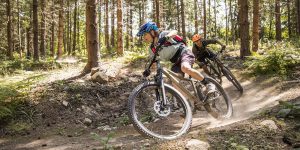
Notable aspects such as tyre selection and tyre pressure have a large bearing on your ability to cope with different varieties of trails. For example, a heavier or more aggressive rider will want to ride higher tyre pressures on technical trails compared to a lighter, less experienced rider who is likely to remain on relatively unchallenging terrain.
Pedalling is the Name of the Game
If you are used to road cycling, you’ll know there are periods of riding where you let the momentum of the bike carry you, particularly when avoiding potholes and debris in the road.
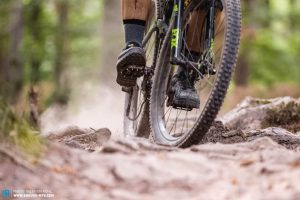
With mountain biking, heavier tyres and more substantial frames require more pedalling in general, but speed and momentum are also your friend when tackling uneven terrain. Assuming you are approaching a trail that is tailored for beginners to intermediate riders, keeping the pedals moving with some force will help push you over the more technical sections – the bike is made to cope with heavy shock so going slow should be kept for tight cornering.
Being Reactive and Place Your Trust in the Bike
Select your line, keep the bike steady and keep pedalling. Quick reactions become more important as you progress to more changeable terrain and faster downhills, but it is imperative not to overthink.
If you are too focused on what is directly under your front wheel, there’s a high chance you won’t be ready for the next section of trail which may require more attention.
Body Position
The range of body positions afforded on a mountain bike is much more dynamic than a road bike, and you can use this to your advantage.
Standing up, for example, allows you to shift your bodyweight which can help in completing a particular section. As well as this, downhill drops where your position is often more over the rear wheel will require more downforce on the saddle.
https://www.youtube.com/watch?v=iVLJIuYwW_g
Another tip which is particularly relevant for technical sections is a higher gear often prevents spinning out. In road cycling, a lower gear is often selected for climbing to keep the wheels spinning at a quicker rate, but mountain biking abides by different principles – sometimes it takes a delicate balance of a larger gear and a shift in body position to clear more substantial obstacles.
.



















